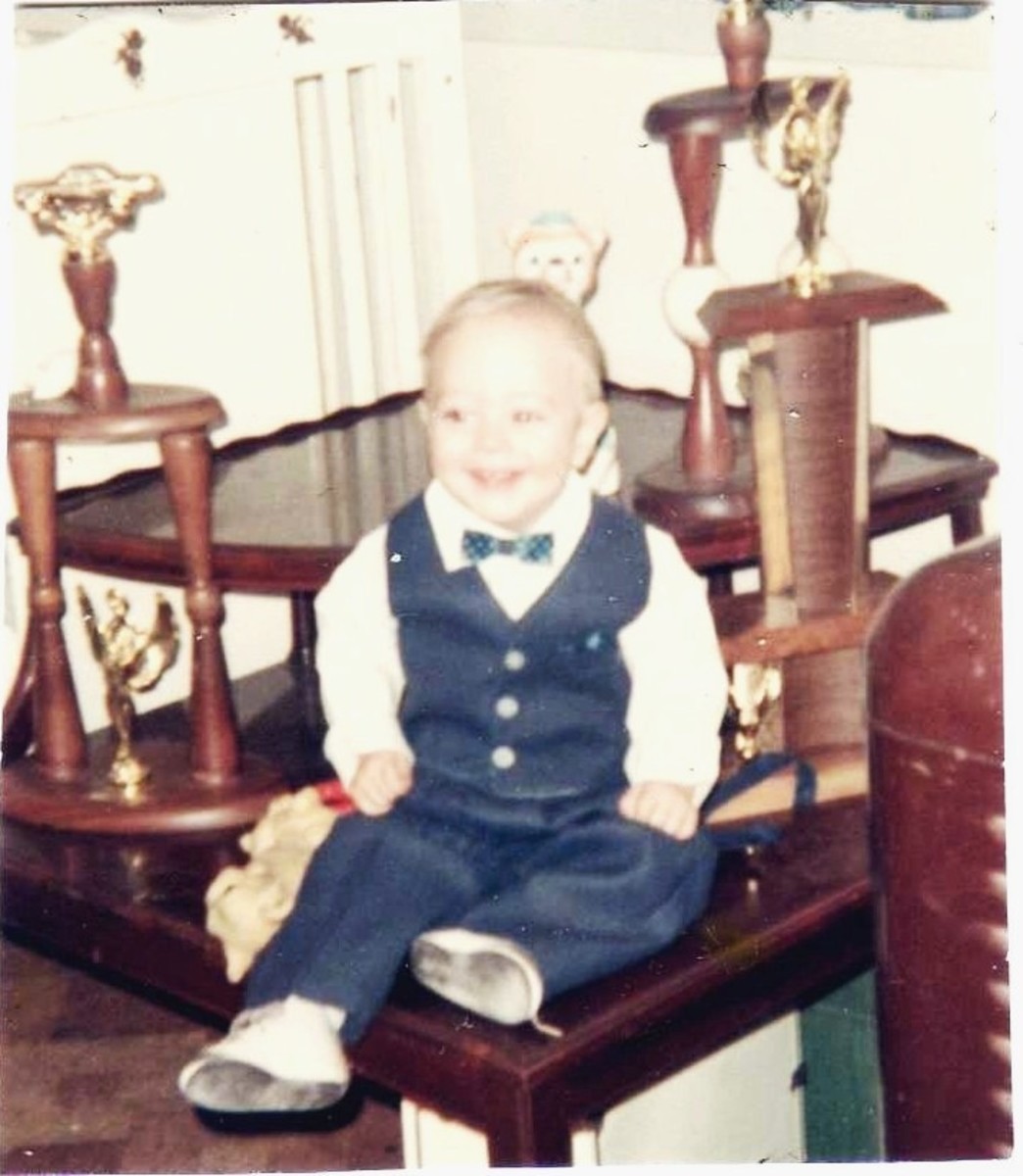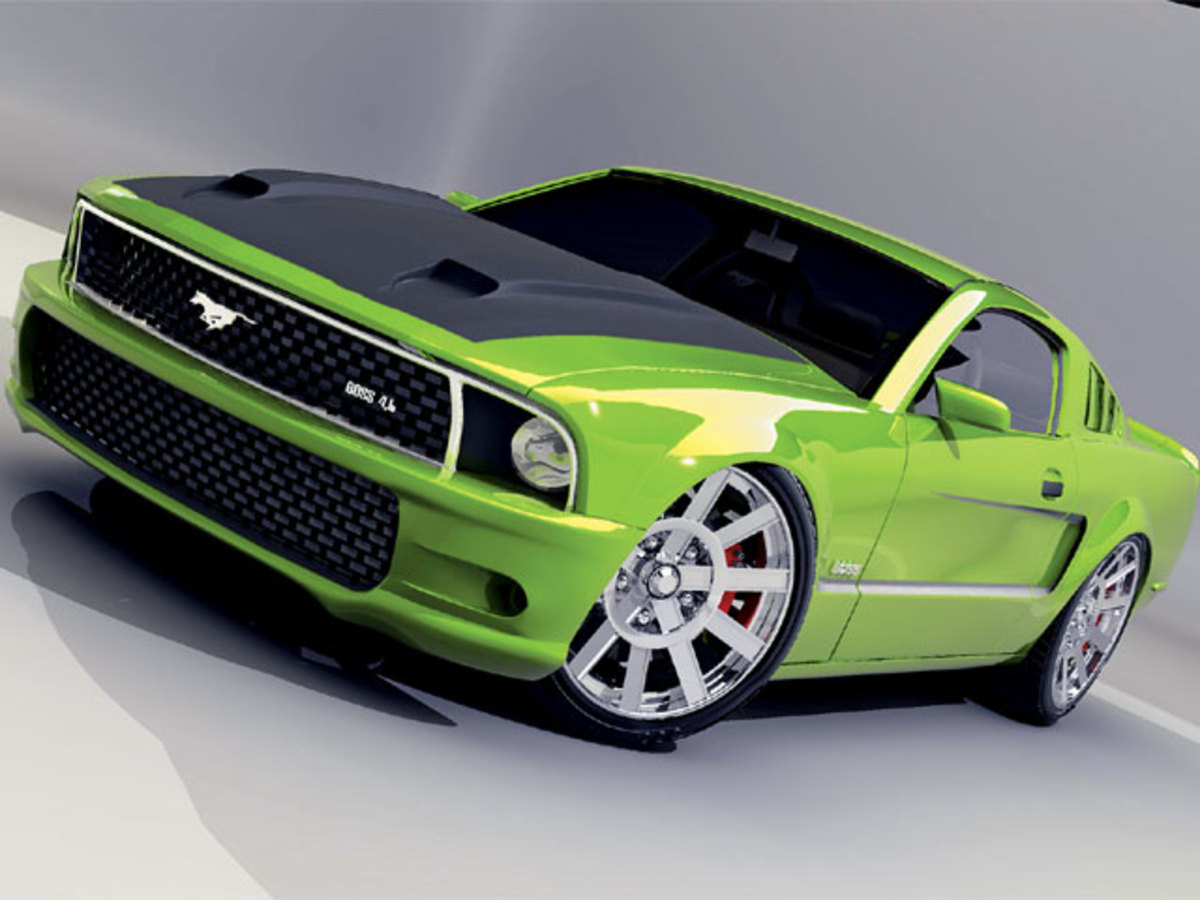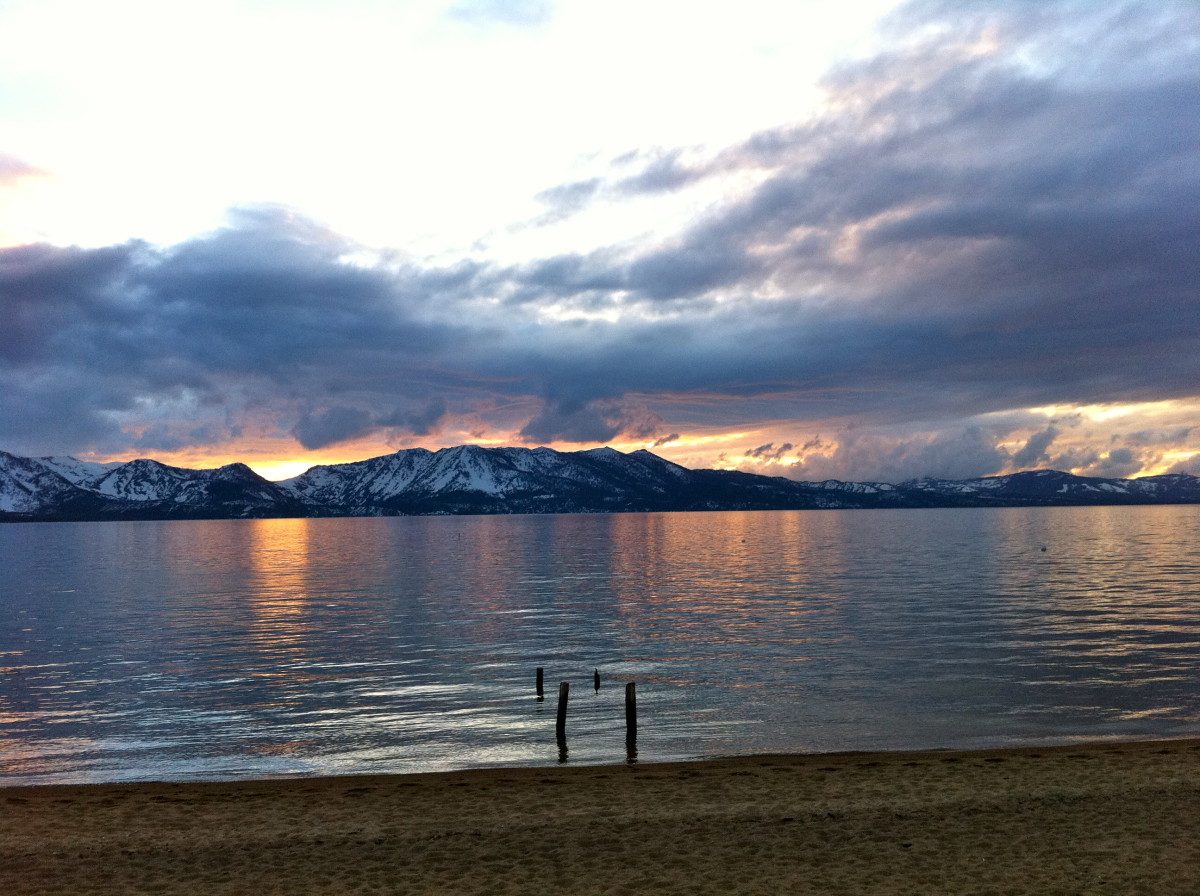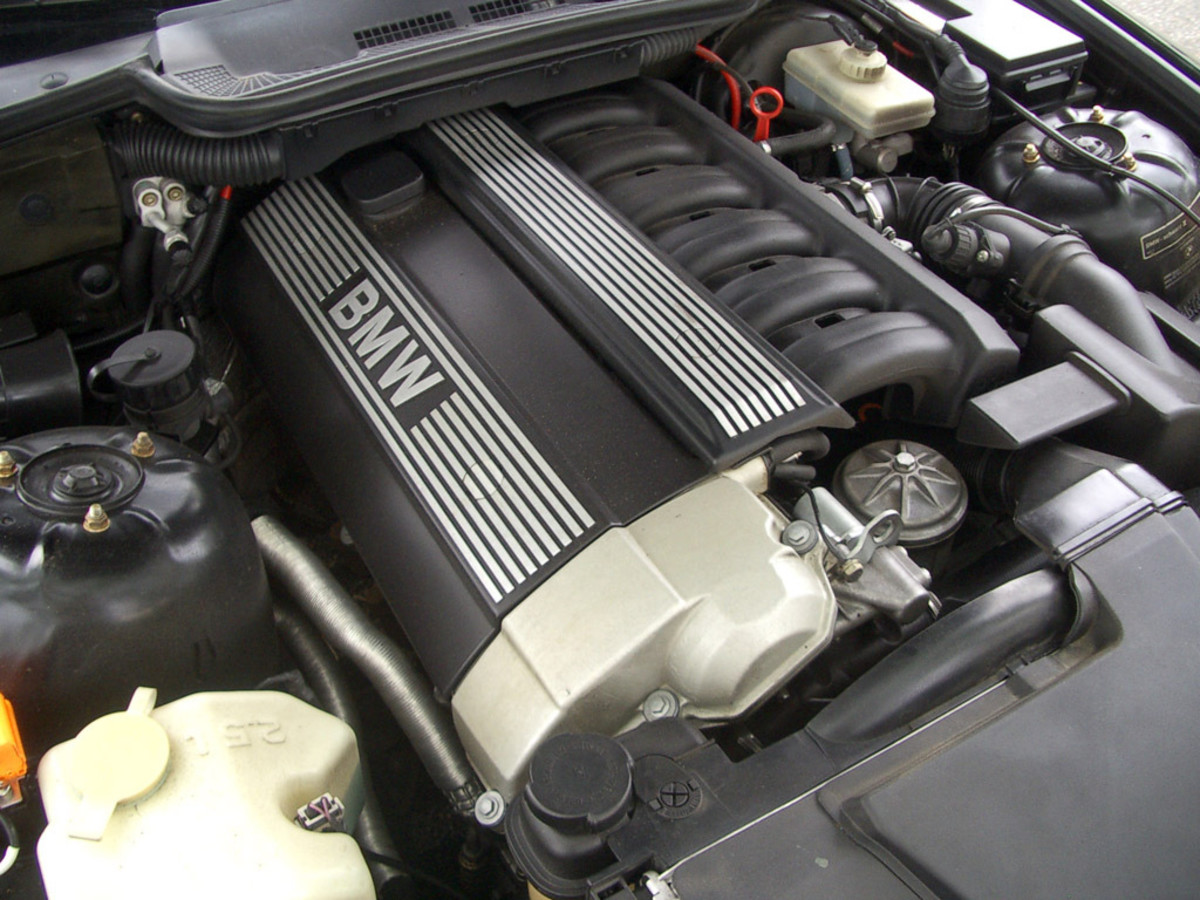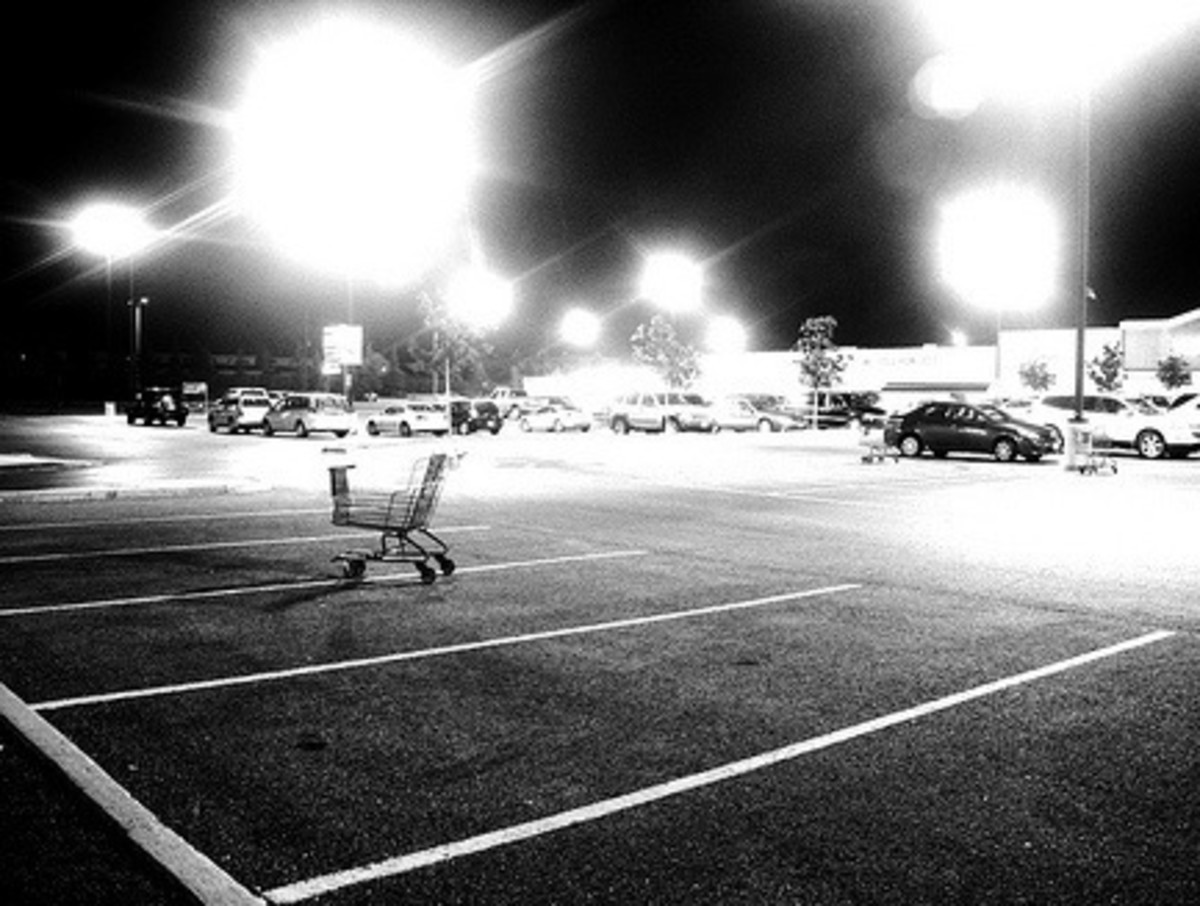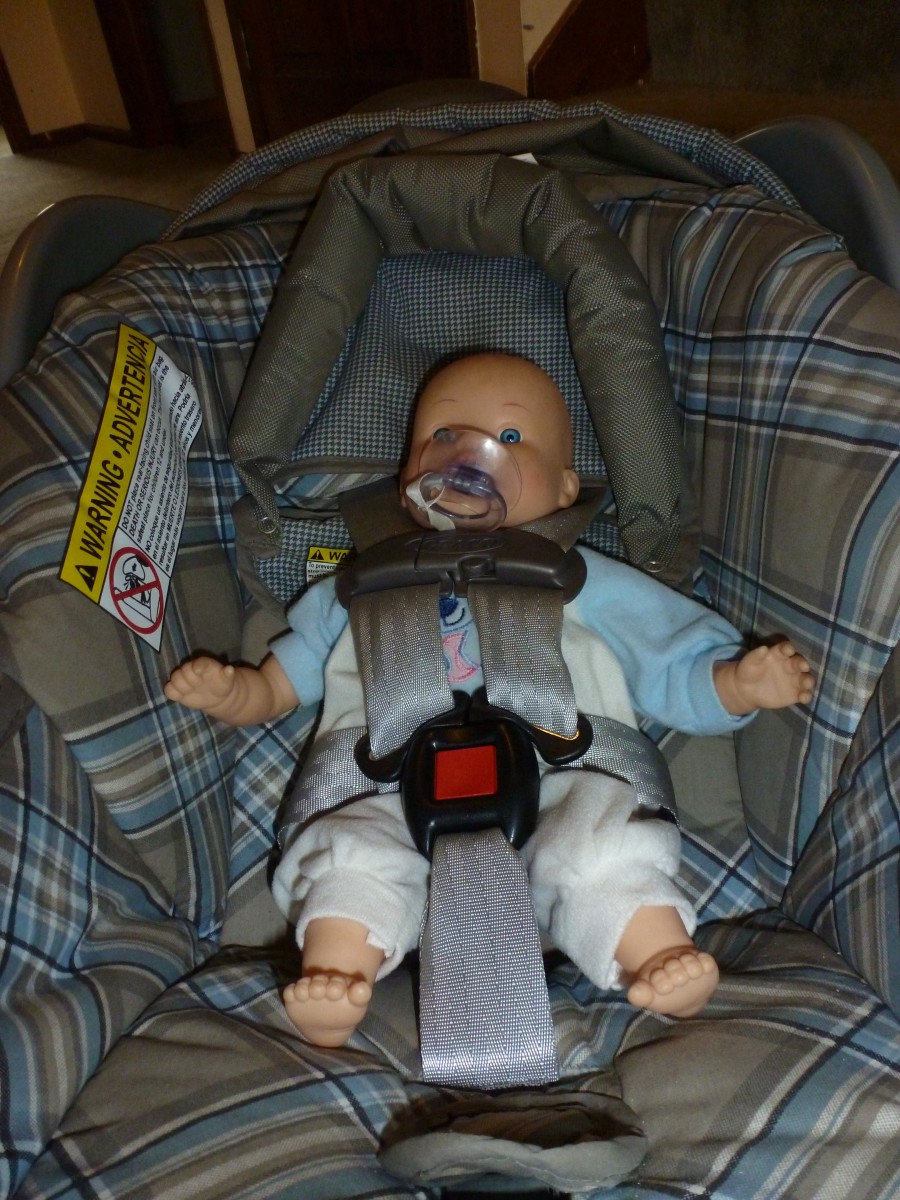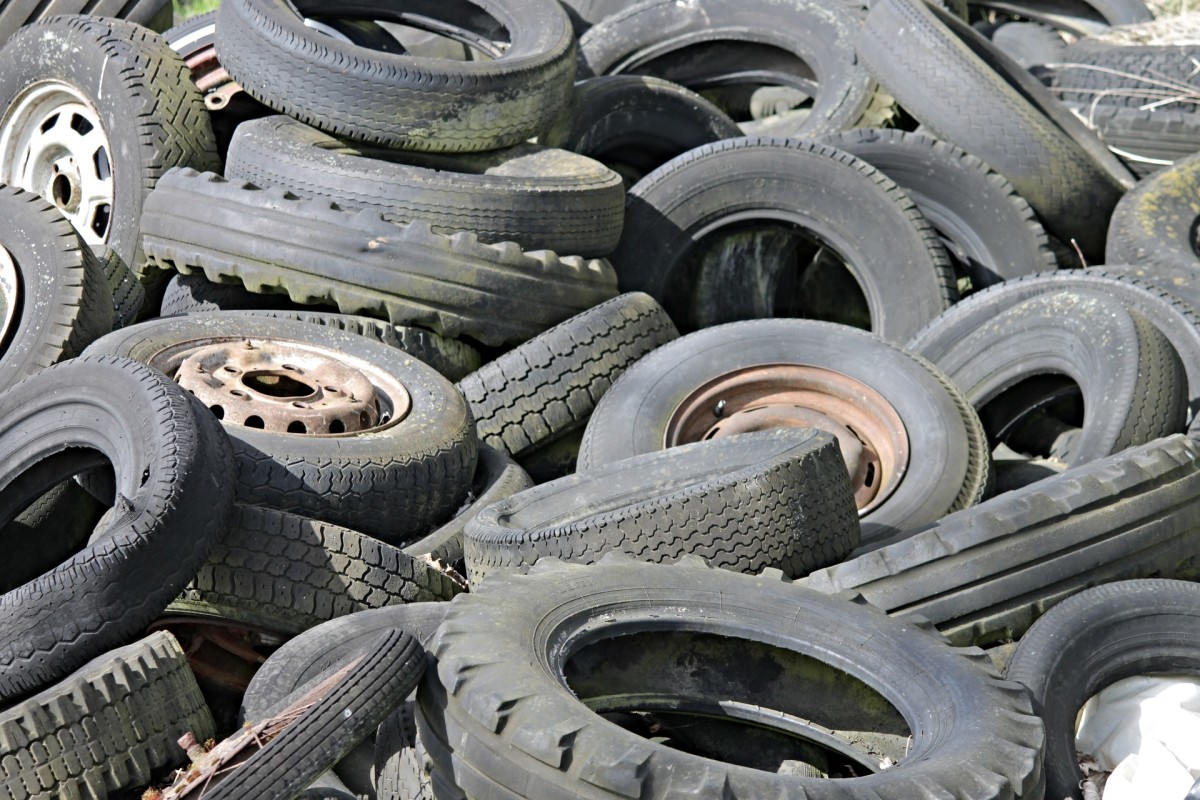How to drive smoothly like a pro with auto or stick shift and save money on tyres, brakes and service costs
The art of driving.
My background and driving experience, or why listen to me?
I started driving at 6 years of age.
Not a misprint, I was bought up in the Australian bush, learning to drive on forest roads and logging tracks. I have loved driving all my life.
I began driving daily when my dad crushed his foot between the dozer track and the blade.
He broke twenty odd bones in his foot, and needed a driver to keep the logging business running so we could eat something other than spuds and rabbit!
Dad had two bulldozers, an Italian Anzaldo that was deadly in the hands of a novice in the steep slippery logging country and a 3 cylinder caterpillar dozer with a huge winch.
He also owned a big Brough Superior 1000cc motorcycle, an ex army Chevrolet Blitz 4wd truck and a Bradman Jowett utility which was tiny with just a 2 cylinder engine.
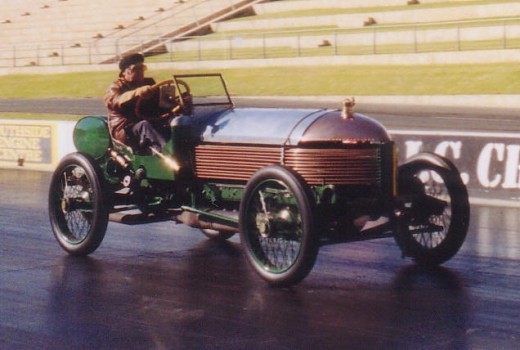
Motoring Marvels Eye candy.
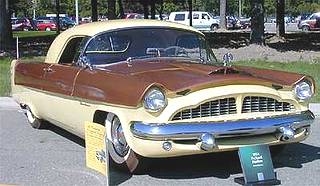

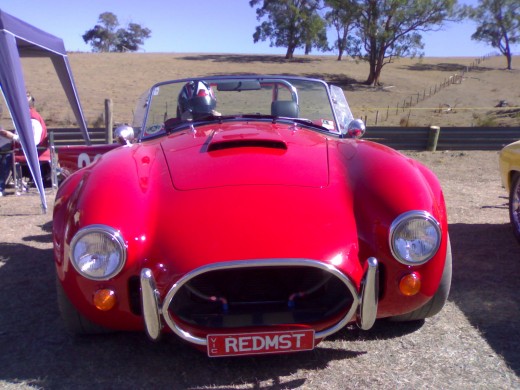

I learnt to drive the Jowett ute easily as I had been co-driving by changing gears for my dad for a couple of years already, and had taken a major liking to it. He would de-clutch while saying "change up" or "change down."
I had also started to drive one of the loggers cars. It was a Panhard, and made out of aluminium. Another very small car and as rare as rocking horse droppings these days.
As I got older I learnt to "nurse" truck engines from my father because treating them softly meant they did not break as often. This knowledge was useful to me later on when I raced cars and motorcycles, and allowed me to input horsepower with finesse a lot more than I would otherwise have been able to.
I did not become a famous driver, and never felt the need to. But I did discover that it was enormous fun to drive with finesse and get the most power out of a vehicle with the least amount of right foot input.
I saw drivers in the bush that could put a log truck down a road that would terrify city folk, and many had exceptional skills in manoeuvring their trucks in confined spaces.
My dad was an amazingly skilled driver and motorcycle rider. He had raced back in the old days when they used leather helmets, and had been a stunt rider.
Along with my uncle, aunt and cousin who all rode the wall of death as it was called. It belonged to my fathers older brother Jim. My auntie was killed on "the wall" when I was 5 yo so the wall was well named.
My dad was the only one armed logger that I knew, but was all the more remarkable because of his driving skills. He was renown as a top dozer operator as well. Boy was he good! He could back a loaded truck anywhere it would fit, and put a dozer in positions that other operators could not get near.
"It's all about weight
and the centre of gravity" he would say as he demonstrated by lowering the dozer gently off the top of a log to the ground.
Not all of the bush drivers were great either....
One of the drivers we used would kill a motor in one trip. We knew dozens of them. They were always broke in an industry that was making good money If you could keep your machinery operating.
Others would use the same motor for years, but many did not know to treat a motor.
Wet hardwood logs are heavy and in those days the trucks were often too small to comfortably carry or pull the weight, so "nursing" a truck paid off. This was essential knowledge for a log truck driver in the bush.
When I was 9 I drove many of the "city driver" log trucks in and out of the logging tracks to landings because the owners were often too afraid of the drop over the side of the road, or because they had trouble getting through mud holes or bad spots with little grip.
(these roads were on private or forestry Commission land at that time, no limits on the age of operators was enforced) so I operated the dozer and drove the blitz as well.
The astounding thing was that truck owners readily handed their log truck to me without instructions other than something like "watch the back left brake it locks when it gets hot" or some other very adult instruction. Nobody talked down to me, even though I often had to stand up to drive their truck!. I guess it scared them less than driving down one of my dads access roads!
Citroen ID19
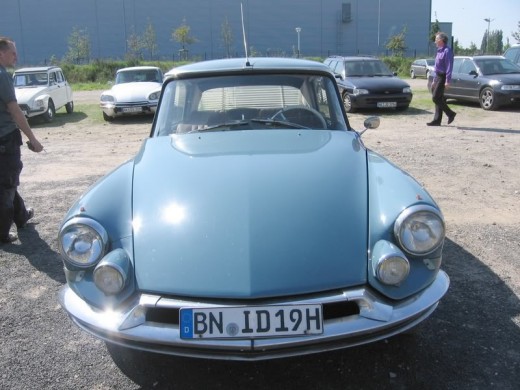
A very fast car
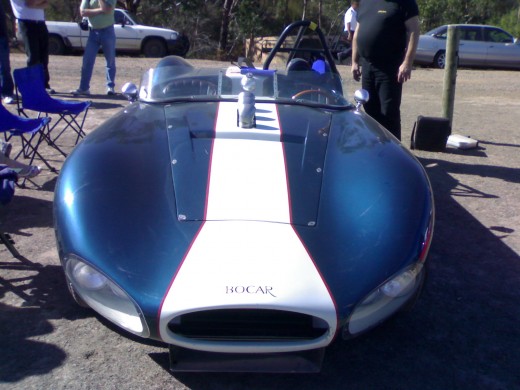
I have always loved driving.
I remember when the first ID19 Citroen came to Australia a local vet bought one, and was an excellent driver. On roads that were corrugated and difficult to steer straight on, this car just ripped through, without so much as a tail wag.
My dad was very impressed when his son in-law later bought one. They were amazing on dirt roads by comparison to anything at the time, and could be safely over driven, with good brakes and handling through height inflatable hydraulic suspension.
I have been privileged to own and to have driven some great cars in
my life, each truly good car has common traits not always shared by many models
of Ferrari or Alfa Romeo except for some outstanding models. I love Alfa Romeo cars, but only a few models were outstanding, and the same goes for Ferrari. Some of their road cars were dogs!
The way the drive-train speaks to you from the tyres backwards to the gear lever, clutch, throttle, steering wheel and your body is what turns an ordinary drive into a drivers engineering dream world where every one of your inputs results in an exact replication of your wants. The car is you. It is a beautiful world.
Driving can be an art and very enjoyable. Big cars, sports cars, small cars or bulldozers, manual or automatic or all fun to drive or operate. Here in Australia we have women driving mining trucks with tyres the height of houses,whatever you drive, driving well is the best way to save fuel and keep your maintenance costs down, saving money, time and lives.
The following applies to all vehicles with I.C.E.'s (internal combustion engines) but you need to understand a little about your car to drive it really well.
This will seem like Grannies advice to a lot of petrol heads, who should learn that simplicity lies within complexity, especially with motor engineering.
First learn to feel the car.
- Big cars.
- Can carry more and tow more.
- Can accommodate a large motor.
- Can cope with large power throughput.
- Use more fuel to get moving.
- Are more expensive to maintain.
- Are harder on all wearing parts.
- Take longer to stop.
- Drag around more weight.
Fuel and maintenance.
Big cars use a lot of fuel to get the weight moving from a standing start, so the best idea is to take off moderately but using a bit more of the accelerator initially, then with the speed climbing lift slowly of the throttle until the point where the acceleration starts to drop and hold that accelerator setting. With a big car that will give you better fuel economy than all the so called fuel saving devices put together, so there!
Consider that moderate take-offs save a lot of stress on the car and your big car uses less fuel.
If you are one of the many who need to drive a big car daily driving with some finesse will save you a lot of money as the larger proportion means larger savings than if you were driving a small car.
More weight means more stress, so you save more not only on fuel but also on wearing out those larger more expensive components as well.
You can save on maintenance big time with a big car..
When you service a big car if you have driven it well you will not have to replace consumables as often, your oil will still be in good condition, and your service costs will be a lot cheaper.
Brakes, steering, suspension tyres engine, gearbox components exhaust and converter all will last longer and benefit from good driving practices..
Driving a big car.
The way weight affects driving style.
Once all that weight is moving it rolls along well so you ease back on the accelerator until the car has just enough fuel to keep an even speed. Remember big cars take a lot more effort to stop quickly so they are big users of consumable such as brake discs and pads if badly driven. The good thing is, as they have a big motor, if you lift your foot of the gas early, the big motor slows you down pretty well.
driving a big car in traffic.
If you are travelling at traffic speed, make sure to adjust your speed to the traffic lights first and traffic flow second. On many major roads the lights are timed. Get in sinc with the lights not other drivers.
You can roll through most traffic lights on major roads on the green with a bit of concentration and a bit of patience.
With a heavy vehicle this saves so much fuel and wear it is well worth doing. Your passengers will love the new smooth ride in place of the stop start cycle.
Driving a big car fast.
Sometimes you need to go fast for safety reasons. Ask any motorcyclist who has had to use throttle to get out of the way of a car. With cars it is probably not needed as much. A big car fast car needs lots of power to get moving from stand still. The amount of power compared with the weight of the car is the famous power/weight ratio.
The least amount of weight with the most amount of power will go the fastest, if the chassis, suspension and driver are able to handle the power of coarse..
If the car has a good power/weight ratio it will go fast but with less weight it can be harder to deliver all the horsepower to the road. The idea is to deliver as much horsepower as you can without any wheel spin.
Getting off the line in a hurry takes some practice to find the combination of as much forward thrust as you can produce and delivering it very quickly.
For the average driver being squeezed off the road by another vehicle the brake pedal can be the wrong pedal and accidents can be avoided by skilled drivers in some circumstances by hitting the accelerator and getting the hell outta there.
Drag racers sitting behind thousands of horsepower in cars that weigh very little with massive sticky tyres that glue to the road are the masters. A bit like getting fired out of a cannon only scarier. Bless em all.
The average driver with a really powerful car should not try to accelerate hard from a standstill start. trying to deliver that much power to the wheels without experience or in corners usually results in loss of control.
I allowed a friend to drive my SP3 Jenson Interceptor with the 7 litre injected hemi under the bonnet and lost control at 30 miles an hour!
He thought it would be safe to slam
his foot into it on an asphalt road, sure that he could keep it in a
straight line at that speed and finished up backwards with smoke still
rising from the tires!
Driving a small car.
Small Cars with small engines rev or spin faster generally and require a different driving style to cars with large engines, as the power and over-all feel of a light car is different for several reasons when driving.
Small engines are much lighter and when fitted to light weight vehicles have big fuel saving potential as the lack of engine weight means lower overall vehicle weight.
It is easier for the motor to move the light car using less fuel.
Small turbo-charged engines.
Turbo charged small engines are more powerful than other engines of the same size.
They do not need to be revved as high and can be driven more like a car with a large engine.
Some small motors are quite powerful without turbo, but the power is better delivered with higher revs in these motors.
This does not mean you have to make the motor spin very high, it means you have to rev it a fare bit higher in each gear (auto or manual) to get more of that power if it is not a turbo.
So the proper use of the motor is an important part of good driving.
This is not taught or mostly overlooked by driving instructors, although I believe it is important to know how to produce more power at critical times when fast acceleration can get you out of trouble.
Example.
The accident I didn't have.
While stopped at the traffic lights on a 100kph speed limited main highway, a car came up from behind still doing 100 or so approaching the red light.
There was no way he could stop in time, and he was in my lane.
I had my then small children in the back seat, and they would have got the worst of any impact.
I could see a space to get out of the way if I took off across the intersection, and as my old car had limited power we were in a lot of trouble if we did not get up speed.
I was able to stay calm and apply a combination of clutch slip, (lots of it) while feeding as much power as the old girl could muster at peak engine torque and escaped the impending accident avoiding any damage to my precious cargo.
My wife was impressed, but not as much as the shaken driver who had been behind us! He was lucky enough to go straight through the red light without hitting a car or truck.
He stopped up the road and waived me down to thank me. He had children in his car and had got distracted by his still screaming three year old and did not see the red light.
He was obviously in shock and sat there regaining his senses as we drove off. He was very thankful, and his wife remarked that she had never seen such good driving.
The truth is, it is easy enough to learn how to do get maximum acceleration this, and it should be taught in driving school for safety reasons.
I ride motorcycles, and every motorcyclist who has been on the road a while has saved his skin by accelerating.
Racing.
At the highest level of driving expertise we have GP racing where the driver must know how to drain the last bit of horsepower out of the car and keep a grip on the surface while car and driver are enduring very strong G forces.
They have to keep brake and cornering adhesion just a fraction within limits without even one error for hours on end in some races.
Racing car drivers measure all the factors so accurately that after hours of racing the leaders are often only seconds apart.
Think about that.
They use different makes of car and different drivers and crew.
Yet after a 100 or more laps of the race circuit they have almost the same results, sometimes only a fraction of a second seperates them.
That is amazing talent and ability, which is why they get paid so much to drive a racing car that is at the pinnacle of excellence.
At international level talent is a factor for sure, but they got that good with knowledge and practice, the same way as we learn everything.
Some pointers about racing cars.
Racing cars are driven so hard that it is normal for the motor to need a complete rebuild after one or two races.
Racing cars keep pushing boundaries for fuel consumption, power output, traction and engine endurance.
A top racing driver will not break his car during a race unless it is due to some engineering fault. He knows how to deliver everything the car has without breaking it.
Many road drivers hurt their cars trying to accelerate fast without realising that the expert driver will leave them behind without hurting their car at all.
The secret is in delivering all the horsepower you've got cleanly!
It is great fun delivering more power than the guy who has more horsepower but does not know how to deliver it in the most efficient way.
For example I have a small 40hp car that I use in the city because it is easier to park and cheap to run in stop start conditions typical of city driving.
The other reason to use a small car in the city is that it is very zippy in the city where speeds are lower and there is less room to turn and park.
Because it is light weight it moves very fast from a standing start which is ideal in the city.
At the traffic lights if I want to be in front for any good reason I can deliver all of that 40 horsepower without spinning the wheels by using the clutch and accelerator to keep the motor near to the rev range where it produces the most power without wheel spin (lost traction) and usually outpace cars with motors twice the size because the car is light (good power to weight ratio) and all of the power is delivered easily without stressing the engine or transmission.
Just delivering the right amount of power in the right way means you can drive smoothly to save fuel and your motor car. Using all of the accelerator is not the best way to come off the start line fast on the road or track.
Clutch driven plate
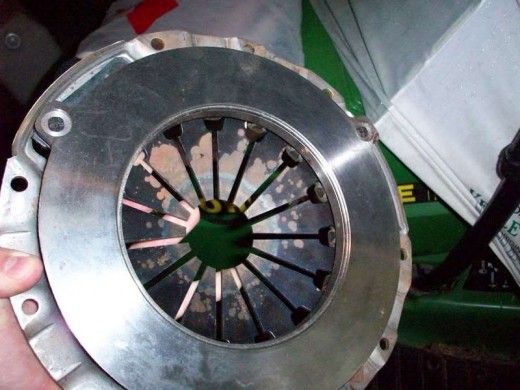
First gear fast take-off for emergencies.
Rev the motor pretty high. slip the clutch a lot while you feed the throttle! when done correctly the car will take off very quickly with no wheel spin.
If you have a tachometer in your car and you get the fast takeoff right your tachometer will not drop below or go above the range of peak power until you are making your next gear change.
For example lets say your engine produces it's peak horsepower at 4000 revs, you would clutch slip to keep the engine within 3,700 and 4,300rpm
Small motors will perform like big motors if you use this very fast take-off method.
At a given spin speed or rpm or revolutions per minute, a motor will produce the most power it has. This is the rev range you want to stay within when you need all of the power your car can produce as in avoiding an accident.
On the other hand If you are not in a hurry short shift with quick full clutch engagement, rolling off the power for up changes eg: from 2nd to 3rd, 4th to 5th.
Short shifting.
Short shifting gives the same result as when you drive an automatic and let your foot off the accelerator. The gearbox changes to a higher gear early. Because the motor is spinning slower in a higher gear it saves fuel.
With a manual or stick shift, to short shift you need to change up to the next gear earlier, but not too early. Start by looking in the owners manual for the standard gear speeds.
1st gear.
limit may be 20kph or 30kph maximum for an average small car.
Try to short shift out of first at a lower speed. See if you can change at 10Kph if it says 20Kph. this is short shifting.
2nd gear.
drop the second gear change speed to about 1/2 to 2/3 the recommended speed. Do the same in 3rd. From 3rd gear change straight to 5th if you have a 5 speed. Now use just enough throttle to maintain your selected speed in the highest gear possible. your fuel consumption will drop a long way.
Cornering and braking.
Your car is subject to G forces, and the best way to drive is to make very small undetectable corrections to the steering. Make the correction before correction is needed by practising feeling where the weight on the steering wheel is taking you off line.
If you try hard and your car is reasonable you should be able to feel the weight of the car. Tune yourself in to feeling the slightest change in steering wheel force. This will help you to develop the smoothest ride because you have lowered the side G force, taking extra load off suspension, tyres and passengers spines.
Stop car sickness.
You can avoid passengers feeling queasy when city driving too by accelerating, changing gears and braking like you had a full bucket of water hanging over your head.
When you move the wheel to correct in a corner start as early as possible to load the weight with tiny inputs, eg: do not move the wheel more than a fraction but do it as soon as you can to avoid the sideways thrust that causes passengers to get carsick. If your passenger usually gets car sick this method and "roll breaking" will eliminate the problem for most. I will try to explain in other terms.
The steering wheel "tells" you that there is force, and how much force as you take a corner. If you begin the wheel movement almost before you start to take a corner you pre-load the weight of the cars side force which makes for a dead smooth entry to the corner.
Roll braking:
Brake early and lightly, slowly increasing the braking over the distance you have to stop, then decease pedal pressure evenly as the car slows to a stop.
When the car slows to walking pace gently release the brake as you reduce speed to stop. As the car stops, practice light braking until your passenger cannot feel the final stop at all. The same with gear changes. It will take some practice, but try to change quickly and smoothly. A good gear change is accelerator controlled. Here's how to do it.
Clean smooth gear changing and acceleration.
Accelerate up to just a fraction below your next up-change. (this is harder to do in the lower gears, so practice in 3rd 4th or 5th gear at first (if you have a 6 speed gearbox).
Now ease off most of the accelerator just before you change about 50% at first until you get better at it. This stops the power on - power off jerk. It can be done so that a manual or auto change cannot even be felt at all with practice.
Remember this is done by "unloading the accelerator smoothly and progressively before the change, then unload completely at the change.
DO NOT try this in lower gears until you get a feel for it.
If someone reckons they have got it right, see if they can change gears on a manual or stick shift without using the clutch. This can be done with no crunching of gears and as smooth as glass. My nineteen year old can now drive across town without using the clutch except to take off in first gear when he has to stop.
I started teaching him when he was eight in our driveway. (illegal, but gets the best results. He is regarded as a very safe driver and if given the choice my grown-up children would prefer him to drive their grandchildren rather than many other drivers in the family so they are confident of the safety of their little ones.
I do not know any other nineteen year olds this safe, and so I stick with my idea of teaching them young. I taught both my children at a similar age and they are both very careful safe drivers also.
Sometimes laws are just plain wrong. I am not advocating allowing them to drive on the road at under licence age but for goodness sake encourage them to watch you and learn at least and if you have a safe place for them to practice, break the law and save some lives is my opinion.
Saving Maintenance costs.
Driving tips.
there are many little things that will save maintenance costs.
Windscreen and tyres.
- turn your windscreen wipers off or to a slower speed as soon as the rain eases.(Saves wiper blade replacement and damage to windscreen.)
- Never leave your wipers running when the windscreen is dry.(Saves windscreen and wiper blade replacement.)
- When rain is intermittent, put wiper on intermittent. (if your car has this feature.)
- Check tyre pressure regularly and keep the pressure at the high end of the pressure range.(Saves fuel and decreases the risk of tyre wall damage.)
- Never run your wipers when there is dried dirt on the screen.(Wash the dirt or mud off before you use the wipers.This will stops damage to windscreen and wiper blades.)
Body.
- Keep your car clean.This is a big factor in rust and water damage. Pay particular attention to water drain passages in bottom of doors, boot and fenders.
- Read your manual and follow guidelines to ensure you do not use polishes or waxes that damage some modern paints.
- Push doors closed, do not slam them shut. If the doors are hard to close when all the windows are up, put the heater/ air conditioner vent setting to fresh air before you close the doors., This allows the air pressure to go out though the heater/cooling vents and the doors will close easier) Doors that are slammed constantly will in time destroy the door seals and wear the lock striker out and make your doors rattle when driving.
- Do not allow children to play with the steering wheel when the car is stationery and the motor turned off. This will cause damage to steering if it is done often enough.
Are you a safe driver?
No matter how well you can drive, increase the distance between you and the car in front. I estimate that 90% of drivers could not stop in time with the distance they leave between themselves and other car in front.
Double that distance on wet roads. Just imagine what would happen if the vehicle in front suddenly braked very hard to a complete stop. Now think about the space you are leaving again. Not enough is it?
More later.


